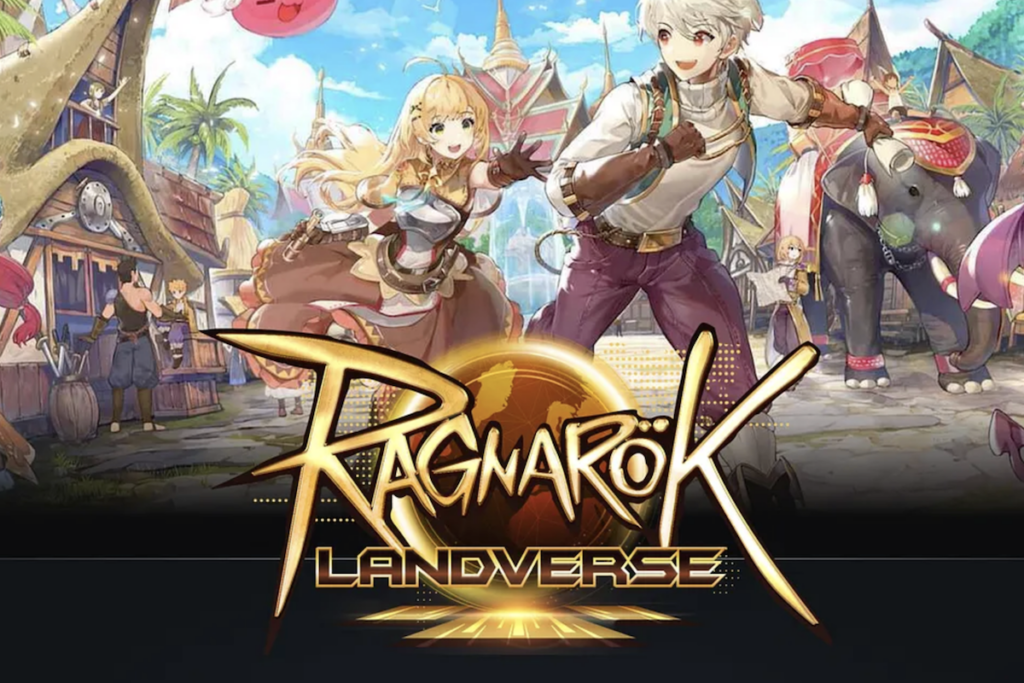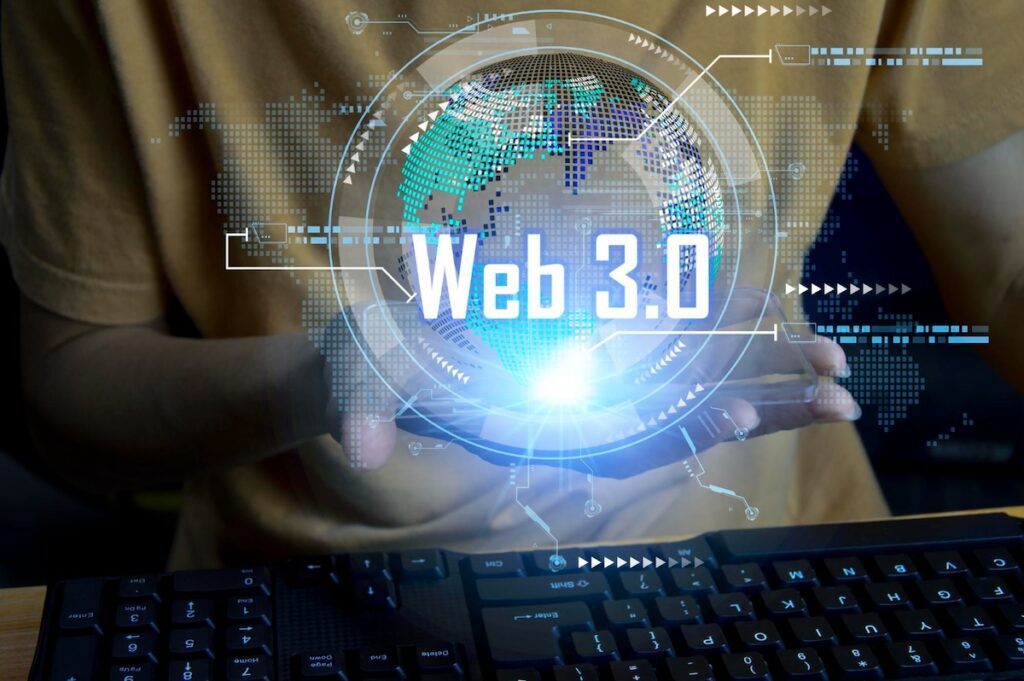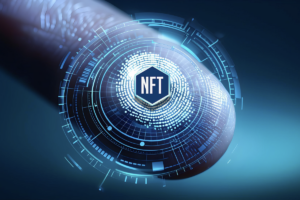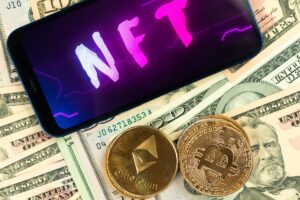Do you doubt the popularity and adoption of AI technology? Well, you should know that this technology has a growth rate of 19 % annually, which means its market value will be $2500 billion in 2032.
Who would have imagined a term that people used in science fiction movies and that was exclusive to data scientists and tech kings would now be within reach of anyone with curiosity and a computer?
If you talk about the popular belief about AI, no one will trust you that you are building your own application. Yes, you can build your own AI app today, and you don’t have to be a Ph.D or a coding pro at this.
Thanks to the developments in this industry, today, AI is a democratized technology that anyone can use and explore. With this advancement, there are more powerful AI tools and platforms available for individuals to take help from this technology in their business operations or life operations.
You can implement AI in any field and industry. For example, it can be used in healthcare for early disease detection and can be used in education to change the course of learning systems.
AI’s usage and adoption is spread and wide as it is used in major corporations but can also be used to solve every day problems. You can create innovative solutions for the betterment of communities and individual lives.
What Are The Basics Of AI?
Artificial intelligence (AI) is essentially teaching computers to think and learn like humans. It’s about creating systems that can perform tasks that normally require human intelligence, such as understanding language, recognizing images, and making decisions.
Machine learning is a subset of AI that allows computers to learn from data without being explicitly programmed.
Instead of writing specific rules, you provide the computer with a massive amount of data, and it finds patterns on its own. For example, a machine learning model can learn to recognize different types of animals by analyzing thousands of images.
Deep learning is a more advanced form of machine learning inspired by the human brain. It uses artificial neural networks, which are complex mathematical models, to process information.
Deep learning has been responsible for breakthroughs in areas like image and speech recognition, and it powers many of the AI applications we use today.
For example, Bitsoft 360 is an AI-based tool that works as a bot for crypto investors. It is like an assistant for them to monitor and analyze the trade markets.
The Essential Tools And Platforms
The good news is that you don’t need a complex setup to start building your AI projects. Numerous user-friendly AI development platforms are available, catering to both beginners and experienced programmers.
These platforms often provide pre-built models, drag-and-drop interfaces, and cloud-based resources, making AI development accessible to a wide audience.
For those new to coding, no-code or low-code options are ideal starting points. These platforms allow you to create AI applications without writing extensive code. You can use visual interfaces to design your models, train them on data, and deploy them.
While they might have limitations compared to full coding, they are perfect for experimenting with AI concepts and building basic applications.
While no-code and low-code platforms offer a great starting point, for more complex AI projects and deeper customization, learning a programming language is essential.
Python has emerged as the go-to language for AI and machine learning due to its simplicity, readability, and extensive libraries like TensorFlow and PyTorch. These libraries provide building blocks for creating sophisticated AI models.
While Python is the most popular choice, languages like R are also used for statistical analysis and data visualization, which are crucial components of AI development.
The Steps To Build Your First AI Project
Let’s discuss building a simple AI project. Let’s say you are creating a trading bot named Bitsoft 360 that monitors the crypto market. While this might sound complex, it can be broken down into manageable steps.
1 – Data Collection and Preparation is the foundation of any AI project. For this trading bot, this involves gathering historical cryptocurrency price data, trading volumes, and market indicators. This data needs to be cleaned, organized, and formatted into a suitable format for the AI model. Ensure data quality is high to avoid misleading the model.
2 – Model Selection and Training involves choosing the right algorithm for your project. For this example, a recurrent neural network (RNN) or a long short-term memory (LSTM) model might be suitable due to their ability to process sequential data.
Once selected, you’ll train the model using the prepared data. This process involves feeding the model input data and corresponding output (e.g., buy, sell, hold) and adjusting the model’s parameters to minimize prediction errors.
3 – Testing and Refinement are important for your AI model’s performance. Use a separate dataset to evaluate the bot’s accuracy in predicting price movements. If the results aren’t satisfactory, experiment with different model architectures, hyperparameters, or additional data. Continuously monitor and refine the model based on its performance in real-world conditions.
Things To Consider Before Building Your Own AI
Building AI is not as easy as using ChatGPT. Common hurdles include acquiring sufficient quality data, dealing with imbalanced datasets, model overfitting, and computational resource constraints. These challenges require perseverance and problem-solving skills.
If you want to remove these obstacles and accelerate your learning, you have to use the wealth of online resources available. Platforms like Coursera, edX, and Udemy offer comprehensive AI courses taught by industry experts.
For hands-on practice, platforms like Kaggle provide datasets and competitions to hone your skills.
Additionally, joining online communities like Reddit’s r/machinelearning or forums dedicated to AI can connect you with fellow enthusiasts, provide support, and offer valuable insights.
Remember, continuous learning and experimentation are key to staying updated with the latest advancements.
Don’t be afraid to explore different approaches, fail, and learn from your mistakes. For this you have to embrace a growth mindset and consistently expand your knowledge; you’ll be well-equipped to tackle complex AI challenges and create innovative solutions.
To Sum Up
The era of AI is no longer exclusive to experts. With accessible tools and platforms, anyone can embark on an exciting journey of building intelligent systems. Don’t be intimidated; start small, experiment, and learn as you go.
The possibilities are endless. To delve deeper, explore resources like TensorFlow, PyTorch, and online communities dedicated to AI. Remember, the future of AI is in your hands, so start building today!
Author
-

The views and opinions expressed in this guest post are solely those of the author, and do not necessarily reflect the official policy or position of NFT News Today.




